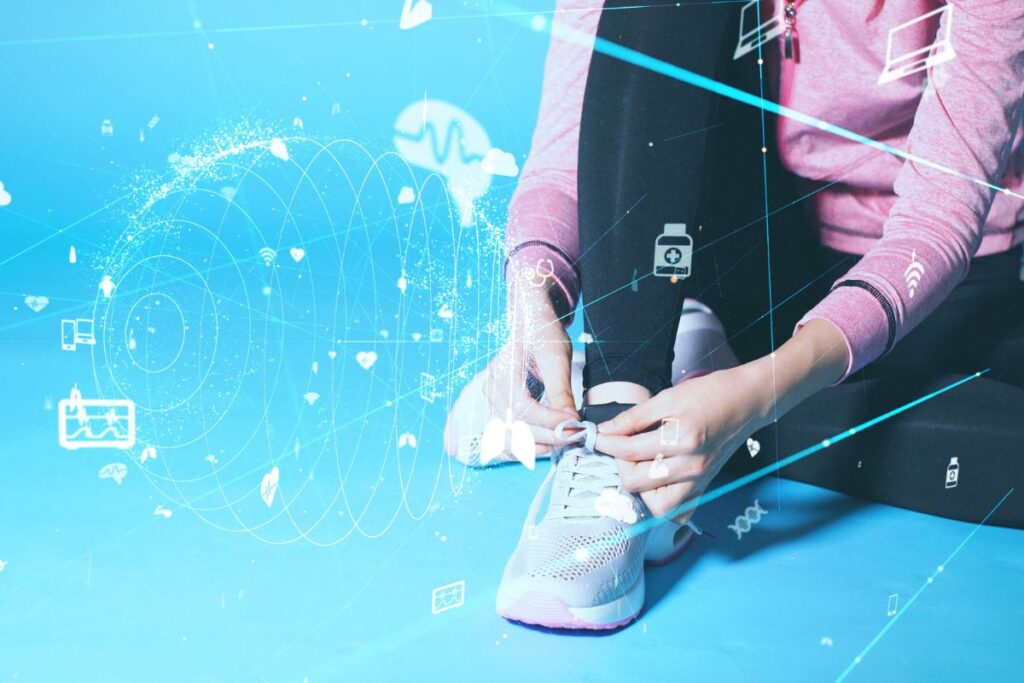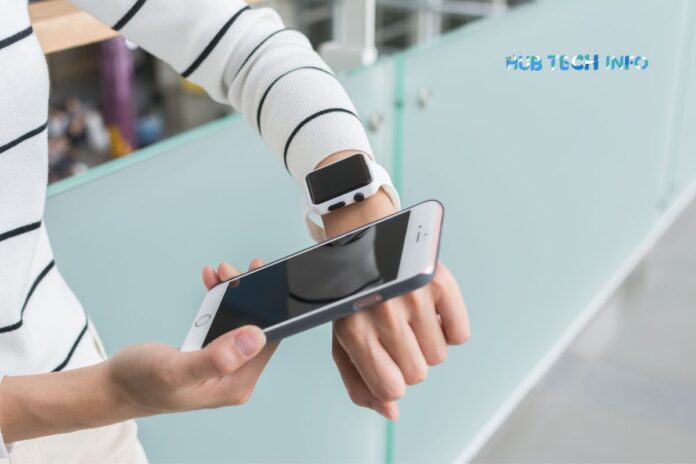Wearable technology has seamlessly woven itself into our everyday routines, transforming our interactions with our surroundings. These cutting-edge devices provide convenience, track our health, and improve our quality of life. Below are ten examples of wearable technology, highlighting the wide range of applications and advantages they bring to the table.
1. Smartwatches
Smartwatches are perhaps the most popular type of wearable technology. These devices go beyond telling time; they track fitness activities, monitor heart rate, provide GPS navigation, and allow users to receive notifications from their smartphones. Popular models include the Apple Watch, Samsung Galaxy Watch, and Fitbit Versa. Smartwatches have become indispensable for individuals seeking to manage their health and stay connected on the go.
2. Fitness Trackers
Fitness trackers, such as the Fitbit Charge and Garmin Vivosmart, focus primarily on health and wellness. They monitor physical activities like steps taken, calories burned, and distance traveled. Many models also track sleep patterns, helping users improve their rest quality. By providing detailed insights into one’s physical activity, fitness trackers motivate users to maintain a healthy lifestyle.
3. Smart Glasses
Smart glasses, like Google Glass and Vuzix Blade, integrate augmented reality (AR) with everyday eyewear. These devices display information directly in the user’s line of sight, enabling hands-free access to data and applications. Smart glasses are used in various industries, from healthcare to manufacturing, enhancing productivity and efficiency by providing real-time information and guidance.
4. Smart Clothing
Smart clothing incorporates electronic components into fabrics, creating garments that can monitor various health metrics.
For instance, the Hexoskin smart shirt tracks heart rate, breathing rate, and movement, providing valuable data for athletes and fitness enthusiasts. Another example is the Levi’s Commuter Trucker Jacket with Google’s Jacquard technology, which allows users to control their smartphone through touch-sensitive fabric.
5. Hearables
Hearables are smart earbuds or headphones that offer more than just audio playback. Devices like the Apple AirPods Pro and Bose SoundSport Free come equipped with features such as noise cancellation, voice assistants, and fitness tracking.
Hearables are evolving to include health monitoring capabilities, such as measuring heart rate and detecting potential hearing issues, making them valuable for both entertainment and wellness.
6. Smart Rings
Smart rings, such as the Oura Ring and Motiv Ring, are discreet wearables that monitor health metrics and activity levels. These rings track sleep patterns, heart rate, and physical activity, providing users with insights to improve their health. Due to their subtle design, smart rings are an excellent option for individuals who prefer minimalist wearable technology.
7. Medical Wearables
Medical wearables are designed to monitor and manage specific health conditions. Continuous glucose monitors (CGMs) like the Dexcom G6 and Abbott Freestyle Libre help individuals with diabetes track their blood sugar levels in real-time.
Another example is the Zio Patch, a wearable ECG monitor that detects irregular heart rhythms over an extended period. These devices provide critical data that helps healthcare professionals make informed decisions and improve patient outcomes.

8. Smart Shoes
Smart shoes incorporate technology to enhance athletic performance and monitor health metrics. Brands like Nike and Under Armour have developed shoes with built-in sensors that track running metrics such as distance, speed, and foot strike pattern.
These insights help athletes optimize their training and reduce the risk of injury. Some smart shoes also feature haptic feedback to guide users on their running form.
9. Wearable Cameras
Wearable cameras, like the GoPro Hero series, allow users to capture hands-free video and photos from their point of view. These devices are popular among adventurers and sports enthusiasts who want to document their experiences without holding a camera. Wearable cameras often feature robust designs that withstand extreme conditions, making them ideal for outdoor activities.
10. VR and AR Headsets
Virtual reality (VR) and augmented reality (AR) headsets, such as the Oculus Rift and Microsoft HoloLens, provide immersive experiences for gaming, education, and professional applications. VR headsets create entirely virtual environments, while AR headsets overlay digital information onto the real world. These devices are used in various fields, from gaming and entertainment to training and remote collaboration, showcasing the versatility of wearable technology. With the help of best Augmented Reality Apps one can easily enjoy the amazing features.
Final Words
Wearable technology has made significant strides in recent years, offering innovative solutions that enhance our daily lives. From smartwatches and fitness trackers to medical wearables and smart clothing, these devices provide valuable insights into our health, improve productivity, and offer new ways to experience the world. As technology continues to advance, the potential applications of wearable technology will only expand, further integrating these devices into our routines and shaping the future of personal and professional life.
Read Also:



